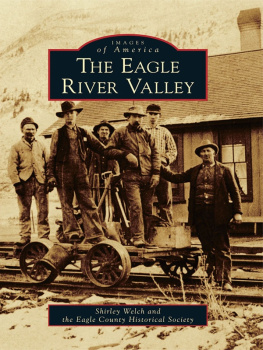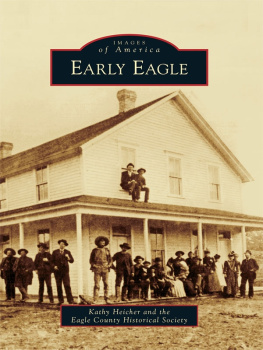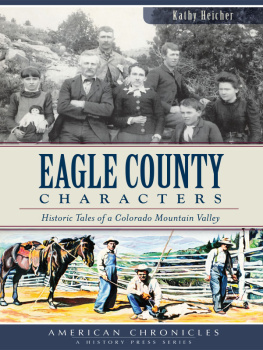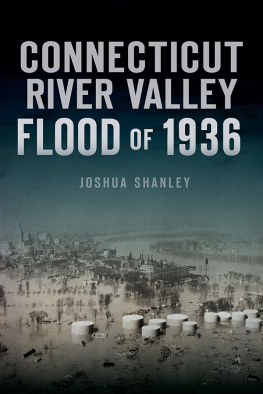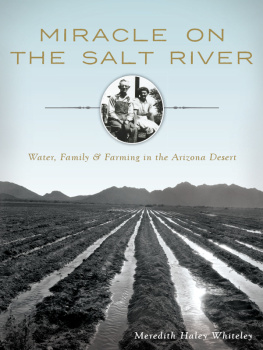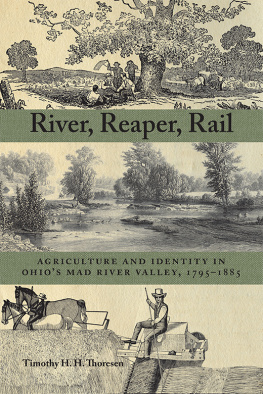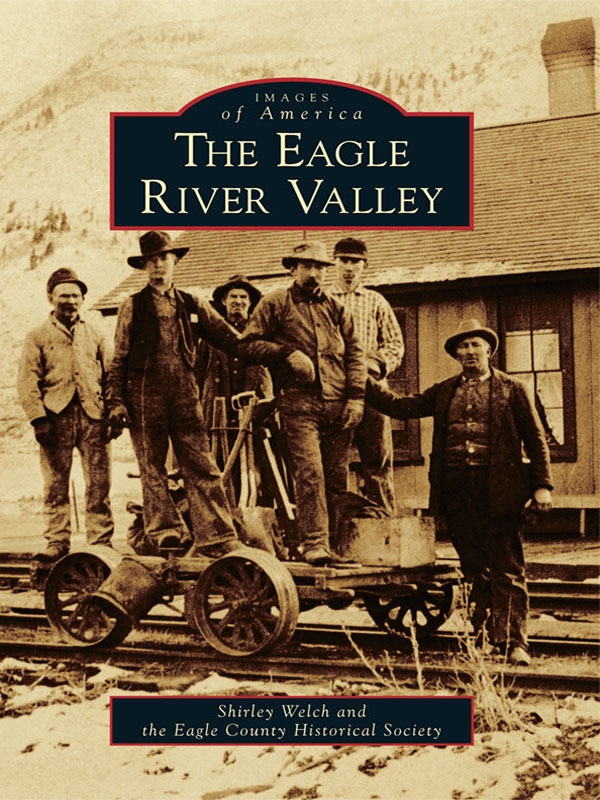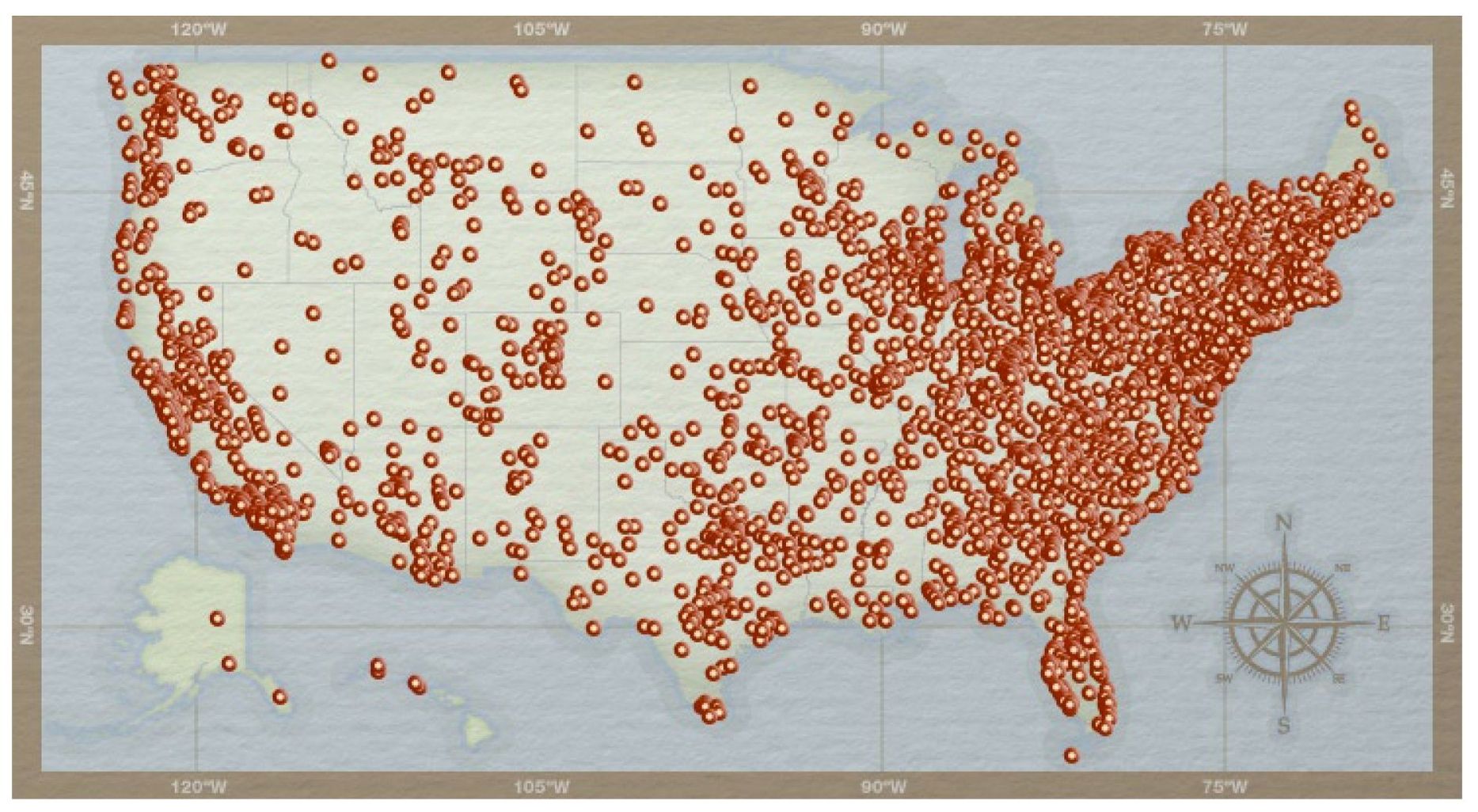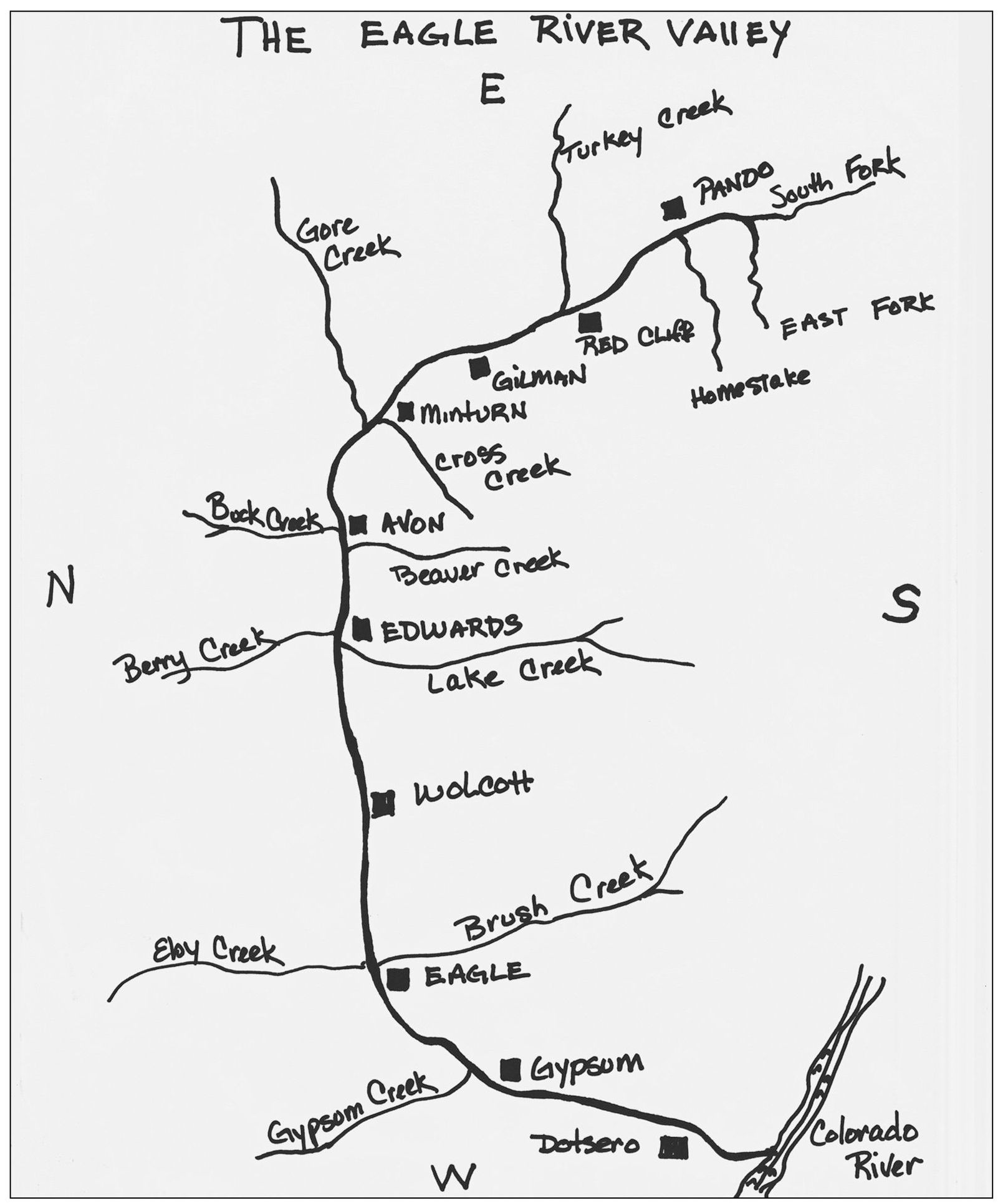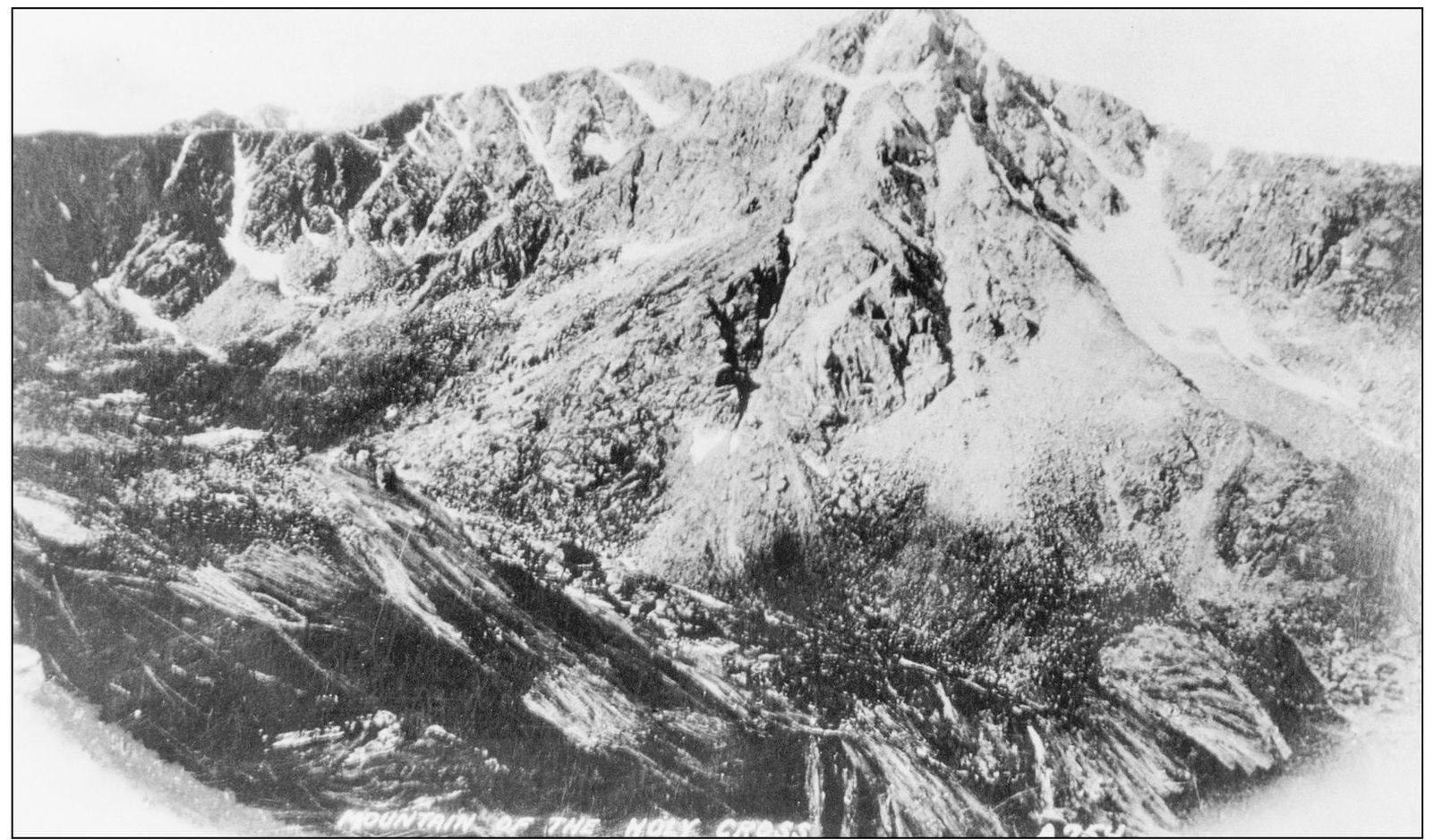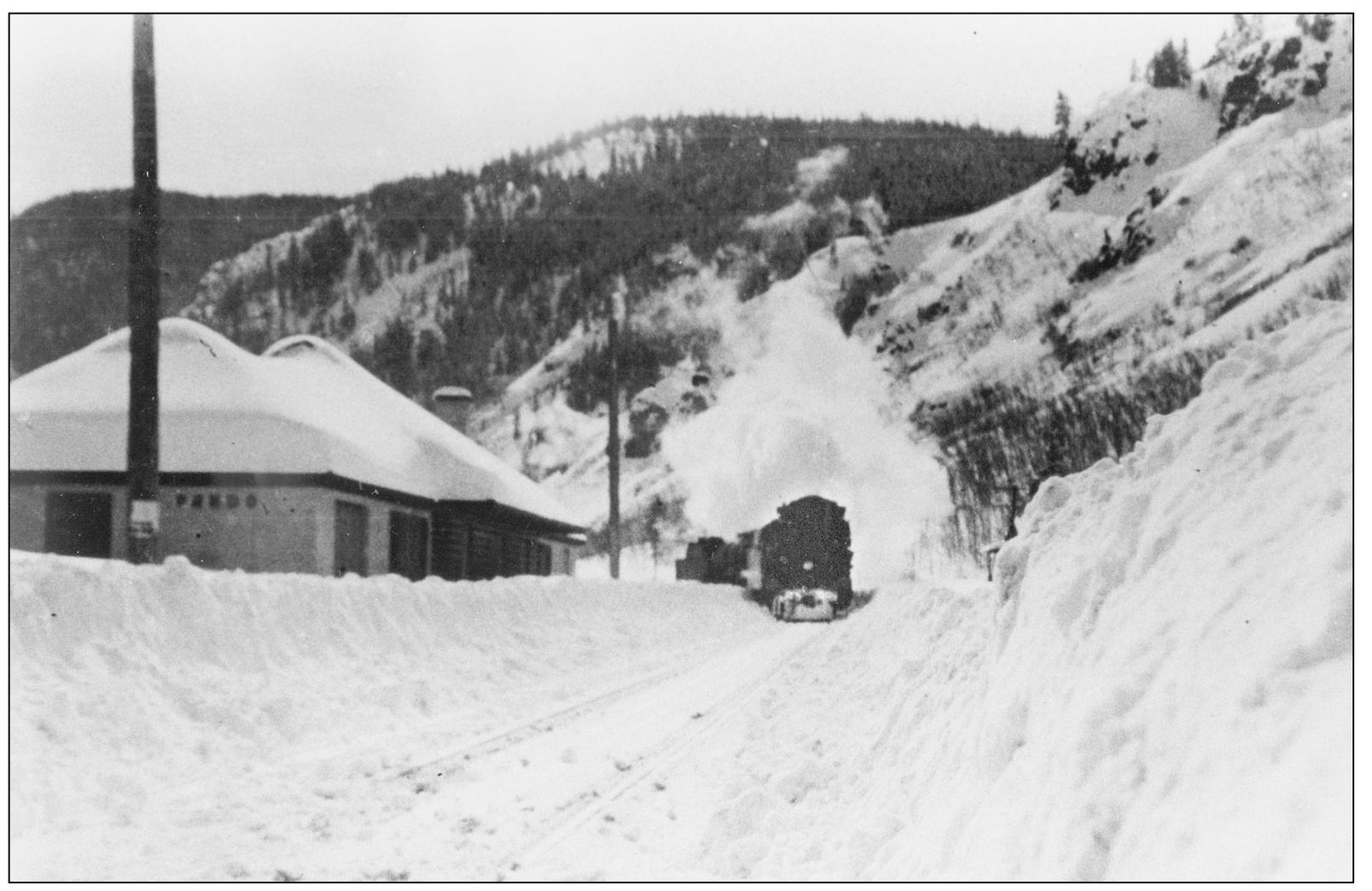Shirley Welch - The Eagle River Valley
Here you can read online Shirley Welch - The Eagle River Valley full text of the book (entire story) in english for free. Download pdf and epub, get meaning, cover and reviews about this ebook. year: 2008, publisher: Arcadia Publishing Inc., genre: Home and family. Description of the work, (preface) as well as reviews are available. Best literature library LitArk.com created for fans of good reading and offers a wide selection of genres:
Romance novel
Science fiction
Adventure
Detective
Science
History
Home and family
Prose
Art
Politics
Computer
Non-fiction
Religion
Business
Children
Humor
Choose a favorite category and find really read worthwhile books. Enjoy immersion in the world of imagination, feel the emotions of the characters or learn something new for yourself, make an fascinating discovery.
- Book:The Eagle River Valley
- Author:
- Publisher:Arcadia Publishing Inc.
- Genre:
- Year:2008
- Rating:5 / 5
- Favourites:Add to favourites
- Your mark:
The Eagle River Valley: summary, description and annotation
We offer to read an annotation, description, summary or preface (depends on what the author of the book "The Eagle River Valley" wrote himself). If you haven't found the necessary information about the book — write in the comments, we will try to find it.
Starting as a trickle in the Rocky Mountains, the Eagle River emerges in a glacial valley, cuts through a spectacular gorge near Red Cliff, and then creates the broad flood plain of the Eagle River Valley. At Dotsero, the river joins the mighty Colorado River. As long as humans have settled along the river, they have depended on it for their livelihood, trapping beaver for hats, mining gold and silver, collecting water for locomotive engines and channeling it for crops and ranching, harvesting ice for food preservation, and, most recently, converting water into snow with modern machines. Today the Eagle River Valley is the backbone of two of the greatest ski areas in the world, Vail and Beaver Creek. Sparkling through the ancient riverbed, the Eagle River continues its course to this day, flowing through the same valley that drew pioneers here in the 19th century.
Shirley Welch: author's other books
Who wrote The Eagle River Valley? Find out the surname, the name of the author of the book and a list of all author's works by series.

